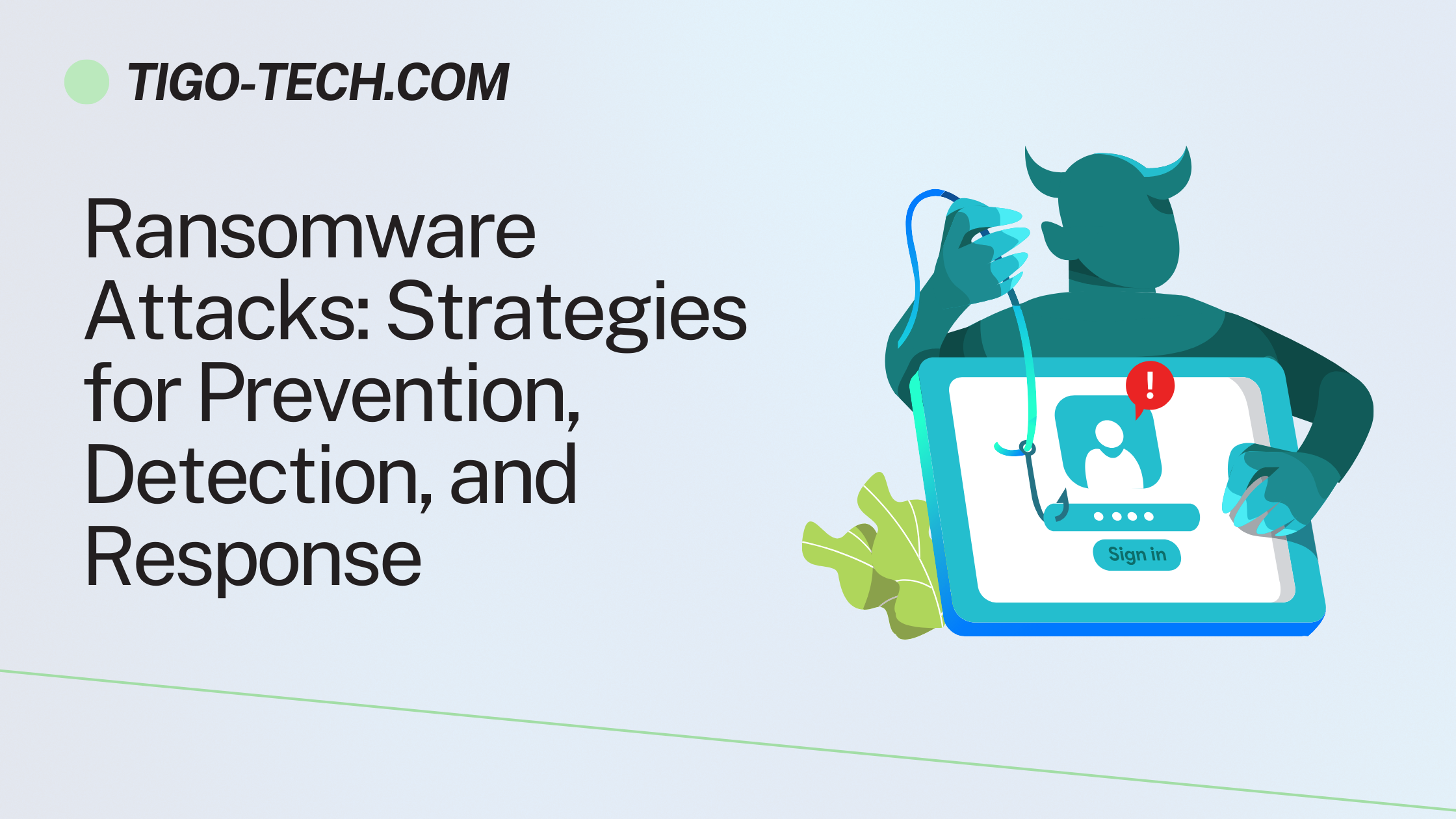Introduction:
Ransomware attacks pose a significant threat to organizations of all sizes, causing data loss, financial damage, and operational disruption. These malicious attacks encrypt critical data and demand payment for its release, often leading to costly consequences for victims. In this blog post, we’ll explore strategies for preventing, detecting, and responding to ransomware attacks to mitigate their impact and protect against future threats.
- Prevention Measures:
a. Employee Training and Awareness: Educate employees about the risks of phishing emails, suspicious attachments, and malicious links that are commonly used to deliver ransomware payloads. Training programs should emphasize the importance of verifying sender identities, avoiding clicking on unknown links, and reporting suspicious emails to IT security teams.
b. Patch Management: Keep software applications, operating systems, and firmware up to date with the latest security patches and updates. Vulnerabilities in outdated software can be exploited by ransomware attackers to gain unauthorized access to systems and deploy malicious payloads.
c. Endpoint Security Solutions: Deploy endpoint security solutions, such as antivirus software, endpoint detection and response (EDR) tools, and intrusion detection systems (IDS), to detect and block ransomware threats at the endpoint level. These solutions can help identify and quarantine malicious files before they can execute and encrypt data.
d. Network Segmentation: Implement network segmentation to isolate critical systems and data from potential ransomware infections. By dividing networks into smaller, isolated segments with restricted access controls, organizations can limit the spread of ransomware and contain its impact in the event of an attack.
- Detection Techniques:
a. Anomaly Detection: Monitor network traffic and user behavior for anomalies that may indicate a ransomware infection, such as unusual file access patterns, encryption activity, or unauthorized access attempts. Anomaly detection tools can help identify suspicious behavior and trigger alerts for further investigation.
b. File Integrity Monitoring: Implement file integrity monitoring (FIM) solutions to monitor changes to critical files and directories in real time. FIM tools can detect unauthorized modifications made by ransomware and trigger alerts when encryption or deletion activities are detected.
c. Security Information and Event Management (SIEM): Deploy SIEM solutions to aggregate and analyze security logs from across the network for signs of ransomware activity. SIEM platforms can correlate disparate security events to identify patterns indicative of a ransomware attack and facilitate rapid response efforts.
- Response Strategies:
a. Incident Response Plan: Develop and maintain a comprehensive incident response plan that outlines procedures for responding to ransomware attacks. The plan should include steps for containing the infection, assessing the impact, notifying stakeholders, and initiating recovery and restoration efforts.
b. Backup and Recovery: Implement regular data backups and verify their integrity to ensure data can be restored in the event of a ransomware attack. Store backups in secure, offline locations to prevent them from being encrypted or compromised by ransomware.
c. Communication and Coordination: Establish clear lines of communication and coordination among internal teams, external stakeholders, and law enforcement agencies in the event of a ransomware incident. Effective communication can facilitate timely decision-making and enhance collaboration during response efforts.
Conclusion:
In conclusion, ransomware attacks continue to pose a significant threat to organizations worldwide, requiring proactive measures for prevention, detection, and response. By implementing robust security measures, training employees, monitoring for suspicious activity, and preparing comprehensive incident response plans, organizations can strengthen their defenses against ransomware threats and minimize the impact of attacks on their operations and data.
